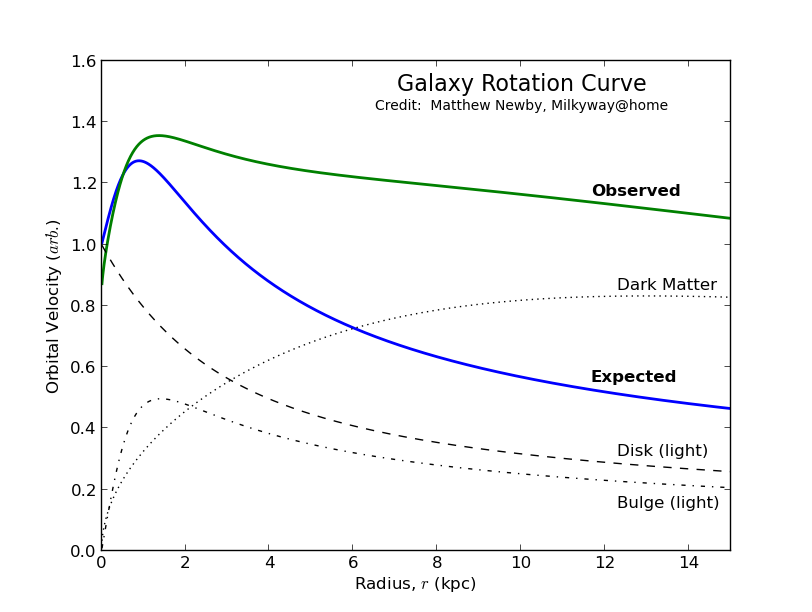Galaxies:
There is a ridiculous amount of stuff we did not try to sort out about galaxies. We focused on a couple of critical ways in which seeking to understand galaxies has changed our view about the composition of the universe. This is the history of our thinking about dark matter. In this homework you will be asked to explore some features of galaxies which we did NOT discuss in class as well as some things we did discuss in class.
Visual Classification of Galaxies:
Here's one way that galaxies have been classified.
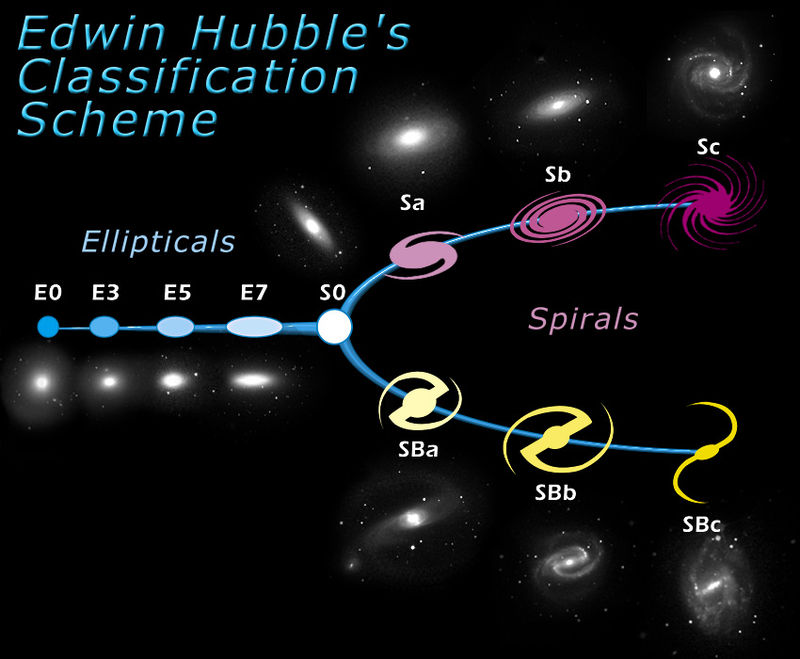
1: How would you classify each of these three galaxies using the system above? Explain your reasoning.
 |
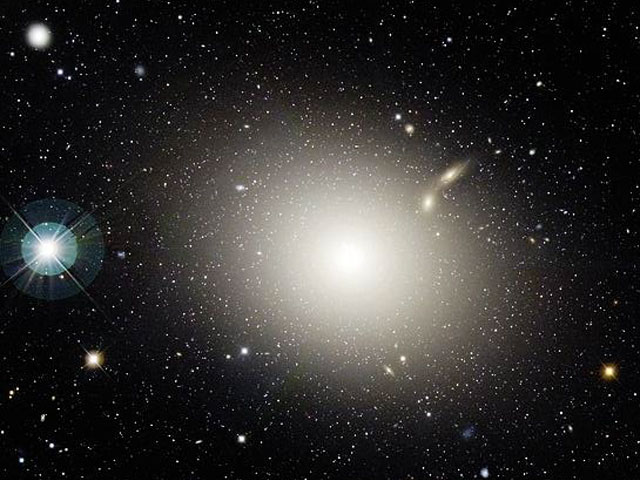 |
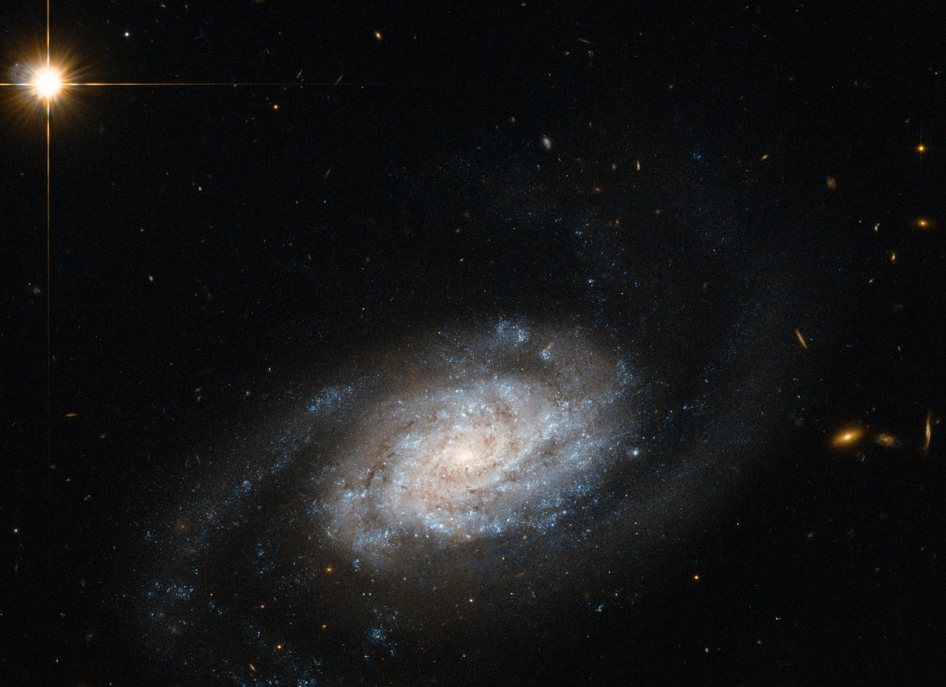 |
2: Why is a classification system for galaxies a potentially useful strategy in studying them? Explain your reasoning and provide an example from another field of science.
3: Here's a article from Science News last spring about the relationship between the shape of a galaxy and the age of it's stars. Does this suggest that older galaxies are on the right or left of the Hubble classification system? How might this connect with Dr Jacki Faherty's talk that we watched showing the motion of stars in our galaxy? Explain your reasoning.
4: Astronomers think of our solar system as extending well beyond Pluto so some point where the influence of the sun mostly stops. That distance is about 15 light-hrs (Pluto is 5 light-hrs) from the sun. The estimated size of the Milky Way is 100,000 to 200,000 light-yrs. How many of our solar systems would fit edge to edge across the diameter of the Milky Way? This is a unit conversion problem and it will help to know that there are 8760 hrs in 1 yr.
5: If we draw a sphere around our home galaxy (the Milky Way) that has a radius of 500,000 light-yrs (about 5-10 times the radius of the galaxy) how many satellite galaxies are within that volume according to this list from Wiki of the nearest galaxies? What is the smallest satellite galaxy noted on the list? ... the closest? ... the largest? ... the furthest?
6: Below is a map of a small slice of what we can see in the sky and all the galaxies in that direction. The distance scale is labeled in Mpc. A Parsec (pc) is a different unit of measure and for our purposes we can take 1 pc to be 3 light-years (ly). The Milky Way is 30-60 kpc in diameter. The Andromeda galaxy is 2.5 Mly away which is 0.8 Mpc. How big are some of the empty spaces where there seem to be no galaxies at all? Astronomers sometimes talk about a great wall of galaxies -- what feature in this picture seems like it might be that wall? How far away is it?
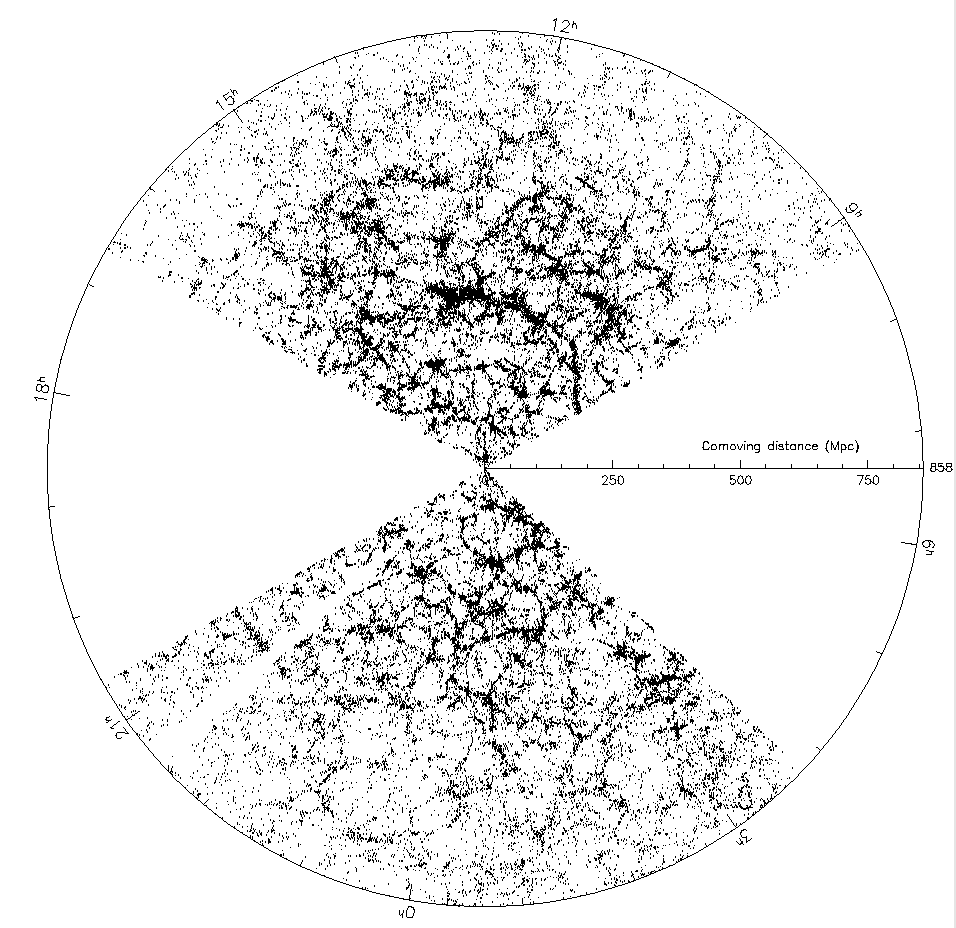
7: One of the possible ways to address the problem of the rotation speeds of stars in galaxies is to imagine that there is a subtle error in our understanding of gravity. Here is are predicted orbital speeds for our planets based on a number of different modification to the "Law of Gravity". The black cricles are the actual orbital speeds of the planets. What do you think is an appropriate interpretation of this data? Which, if any, of the proposed extra gravity terms is consistent with the data?
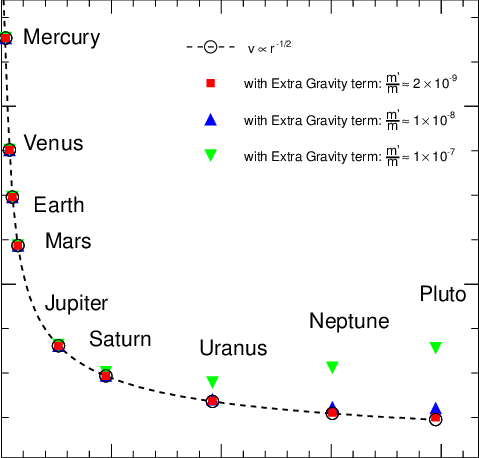
8: Below is a version of the standard curve showing the average observed data (green line) for the speed of stars at some distance from the center of the galaxy. The blue line is what we would predict using our best current understanding of gravity AND the model that the mass of stars is connected to their brightness (H-R diagram eh?). How do you explain to someone who is curious about dark matter why this chart seems to require the existence of some matter (which makes gravity) which doesn't glow (is dark)?
